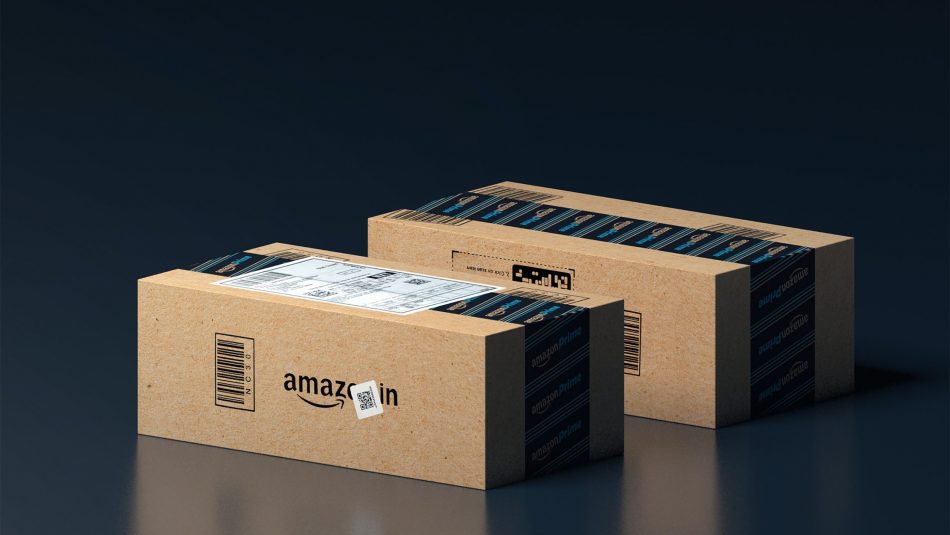In 2005, 10 years after its launch, Amazon revolutionised the e-commerce sector by launching Amazon Prime: a subscription-based loyalty programme that offers fast and free delivery.
Prime meets the expectations of online shoppers: ease of use, attractive price and fast delivery. After all, free delivery within one working day has long been Amazon’s competitive advantage – no other player is currently able to match this. In major cities, you can even order an item before noon and receive it the same day.
The subscription business model was first adopted by the music and beauty sectors, such as Spotify and My Little Box. This phenomenon has expanded and is now dominated by Amazon with Prime. Initially, the subscription only gave the right to free delivery. Now, for €69.90 per year, you can get:
- free delivery within one working day
- access to Prime Video, the brand’s video on demand platform
- Amazon Prime Music
- Prime Gaming, which includes a paid subscription to Twitch and content on PC games
- Amazon Photos, unlimited photo storage
- Prime Reading: a catalogue of books on Kindle
- access to branded flash sales 30 minutes before non-subscribers
- Access to Prime Days, special days for Prime members only
For €69.90 a year, you get free delivery on all your purchases, a photo storage service, a streaming platform, free music, free books, exclusive promotions… In addition to attracting new buyers, Amazon has a very clear goal: to monetise existing customers and turn them into loyal customers. All of this, via a very aggressive strategy, that clearly works: a recipe thanks to which Amazon has become the daily go-to for millions of consumers.
The numbers speak for themselves:
→ over the year 2022, in France, e-shoppers who were Amazon customers but not Prime subscribers had a purchase frequency of 16.5 with the American giant. Their average basket was €57.21, for an average annual spend of €944.91.
→ for Prime subscribers, still in France, the figures are quite different:
- their purchase frequency rises to 71.4
- they make nearly 6 purchases per month on the platform, more than one per week.
- their average shopping basket is slightly lower: €52.02, a difference that can be explained in particular by the fact that delivery costs are free
And with more than 70 annual purchases on Amazon, their annual spending is soaring: Prime members spent an average of €3,712.54 at Amazon in 2022.






